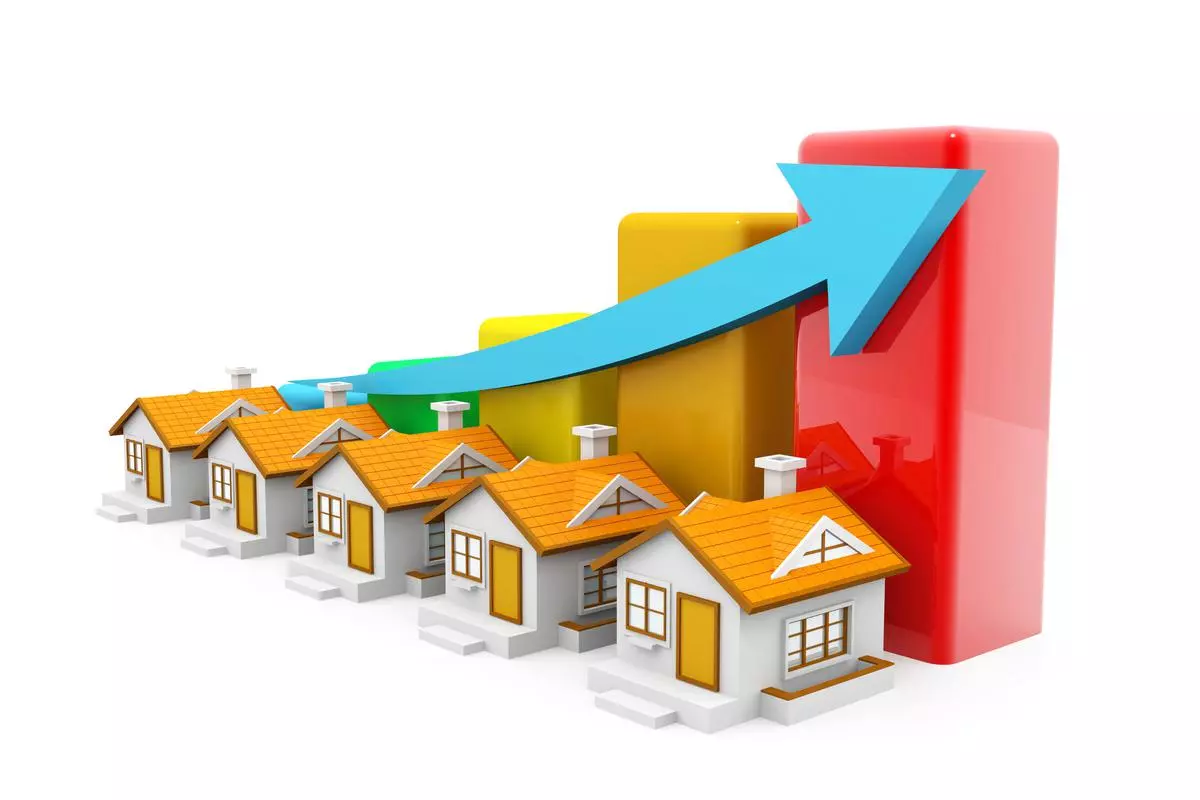The project’s ridership survey is anticipated to be finished by the end of January, according to a representative of the Haryana Mass Rapid Transport Corporation (HMRTC), which is planning to expand the Metro from Basai in Gurugram to Badsa in Jhajjar. The proposed route from Basai to Badsa is likely to cover 23.1 km.
Previously the road between Gurugram and Badsa witness heavy traffic and the state government has planned to build a road between Dwarka Expressway and Badsa, but the project got shelved due to land acquisition issues. “As many people from this area travel between Badsa, which is in Jhajjar, Gurugram, and Delhi, the Metro project will definitely help to improve the commute on this stretch,” while establishment of the AIIMS campus in Badsa has also increased the number of people traveling on this route.
The draft report of a 36-kilometer line between Sector 56 and Pachgaon, which would be built at a cost of ₹8,500 crore and have 27 elevated stations encompassing numerous developing sectors close to the central periphery road and portions of the Dwarka expressway, was accepted by the HMRTC board. Investments in real estate typically prosper in places with excellent connectivity. Industry studies show that homes close to metro stations appreciate 10–15% more quickly than those in unconnected areas. It is anticipated that the Gurugram-Jhajjar Metro line will increase demand for both residential and commercial real estate. Along the way, towns like Badli and Bahadurgarh will probably see exponential infrastructure growth, establishing a new centre for contemporary living and commercial activity.
Yashank Wason, Managing Director, Royal Green Realty said, “The proposal by the Haryana Mass Rapid Transport Corporation (HMRTC) to expand the Metro from Gurugram to Jhajjar is a revolutionary move that might unleash the region’s enormous real estate potential. By cutting travel times and increasing economic activity, this project will greatly improve connection between important residential and industrial hubs. This expansion will stimulate growth in places like Jhajjar and the surrounding districts, increasing demand for commercial, industrial, and residential space. It is anticipated that property values along the proposed route will sharply increase; preliminary estimates indicate that they will rise by 15-20% over the next several years. This as a once-in-a-lifetime chance to build well-planned, sustainable urban communities that meet the demands of contemporary living and working. This extension is more than an infrastructure upgrade; it is the foundation of a new growth corridor in Haryana.”
With these metro expansion projects , the city will experience several infrastructure boom due to enhanced connectivity, location proximity with capital city, offering ample landbanks making this as desirable hotspot for buyers and investors as well. This expansion complements vision of sustainable, connected, and thriving communities, paving the way for enhanced lifestyles and lucrative investment prospects. The Gurugram-Jhajjar Metro extension isn’t just infrastructure—it’s a promise of growth, sustainability, and progress for all stakeholders in the region.
“The extension of the metro from Gurugram to Jhajjar is a welcome move that will significantly enhance connectivity between the regions and open up new opportunities for real estate development. Improved accessibility is a proven driver of economic growth and urban expansion, and this project is no exception. We anticipate a positive ripple effect on the real estate market, with increased demand for residential and commercial properties in the newly connected areas. Moreover, it provides buyers with more affordable options while ensuring seamless access to Gurugram’s thriving business ecosystem. This infrastructure development underscores the importance of connectivity in shaping sustainable urban growth.” – Shashank Vashishtha, Managing Director, Exp Realty India
Furthermore, Jhajjar’s expanding industrial base and advantageous location close to the Delhi-Mumbai Industrial Corridor (DMIC) make it the ideal spot for this connectivity improvement. By linking residential and commercial areas, the Metro expansion will facilitate easy mobility of people and commodities, which will increase economic activity even more.


